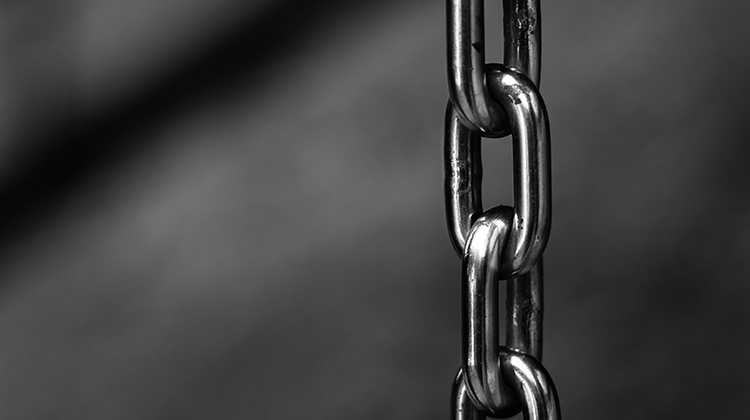How to Identify a Forced Marriage

Although it is against the law, forced marriage happens in Australia and continues to be Australia’s most identified and reported form of modern slavery.
In a step to fight forced marriage, Australia’s most comprehensive guide on how to prevent, identify and respond to cases of it has been released by Anti-Slavery Australia (ASA) at the University of Technology Sydney.
From almost two decades working in the field, ASA knows that one of the greatest challenges to eliminating modern slavery is that often people aren’t aware that it exists, or that it happens in Australia today.
In situations where people are at risk of forced marriage, frontline workers in community-facing professions often have a unique opportunity to provide people with help and support. Recognising this, ASA has collaborated with frontline workers from a wide range of professions, including health, education and social work, to create the official Frontline Worker Guide.
This research-based introductory resource provides a foundational education on forced marriage in Australia, showing workers how to identify and respond to forced marriages – and how to help those affected get the support they need. The Guide advocates for a person-centred approach that considers safety, culture, rights and, self-care in its advice.
In addition to the Guide, ASA has created a free online course, ‘Modern Slavery in the Home’, to help frontline workers build their capacity around a broader range of modern slavery in household contexts, including forced marriage, domestic servitude and human trafficking. The course offers frontline workers an interactive way to engage with these issues through multimedia learning activities, animated videos and expert interviews.
Forced marriage is known to mostly affect Australian citizens and permanent residents, but also affects those on temporary visas; it also mostly affects women and girls but can also affect men and boys. It is not inherent in or exclusively practiced in any one culture, religion, or country. Forced marriage is a human rights abuse, a form of gender-based violence, and a form of modern slavery.
Anti-Slavery Australia Director, Professor Jennifer Burn, said, “Forced marriage can and does have a devastating impact on individuals, their families and communities.
"This guide will help frontline workers and members of the community learn more about forced marriage and distinguish between forced and other types of marriage. Communities asked for support to help identify and stop modern slavery in its tracks and we believe that this Guide, designed in consultation with frontline workers, survivors of forced marriage, and experts across a variety of professions, is a huge step in the right direction.”
The Guide provides in-depth information about forced marriage such as causes and motivations, and myths surrounding the topic and includes good practice principles in identification and response to forced marriage.
Roxan Fabiano from HerSpace said, “We are acutely aware of the devastating impacts of forced marriage on the lives of so many in this nation. Access to a comprehensive, practical, and accessible guide on how to identify and care for victim-survivors in our communities will change lives.”
“Frontline workers will be equipped to shed light on these issues and respond in a safe and empowering way when engaging with survivors. This guide is a game changer,” Roxan said.
To access the Frontline Worker Guide and find out more about forced marriage in Australia, visit the My Blue Sky website: https://mybluesky.org.au/